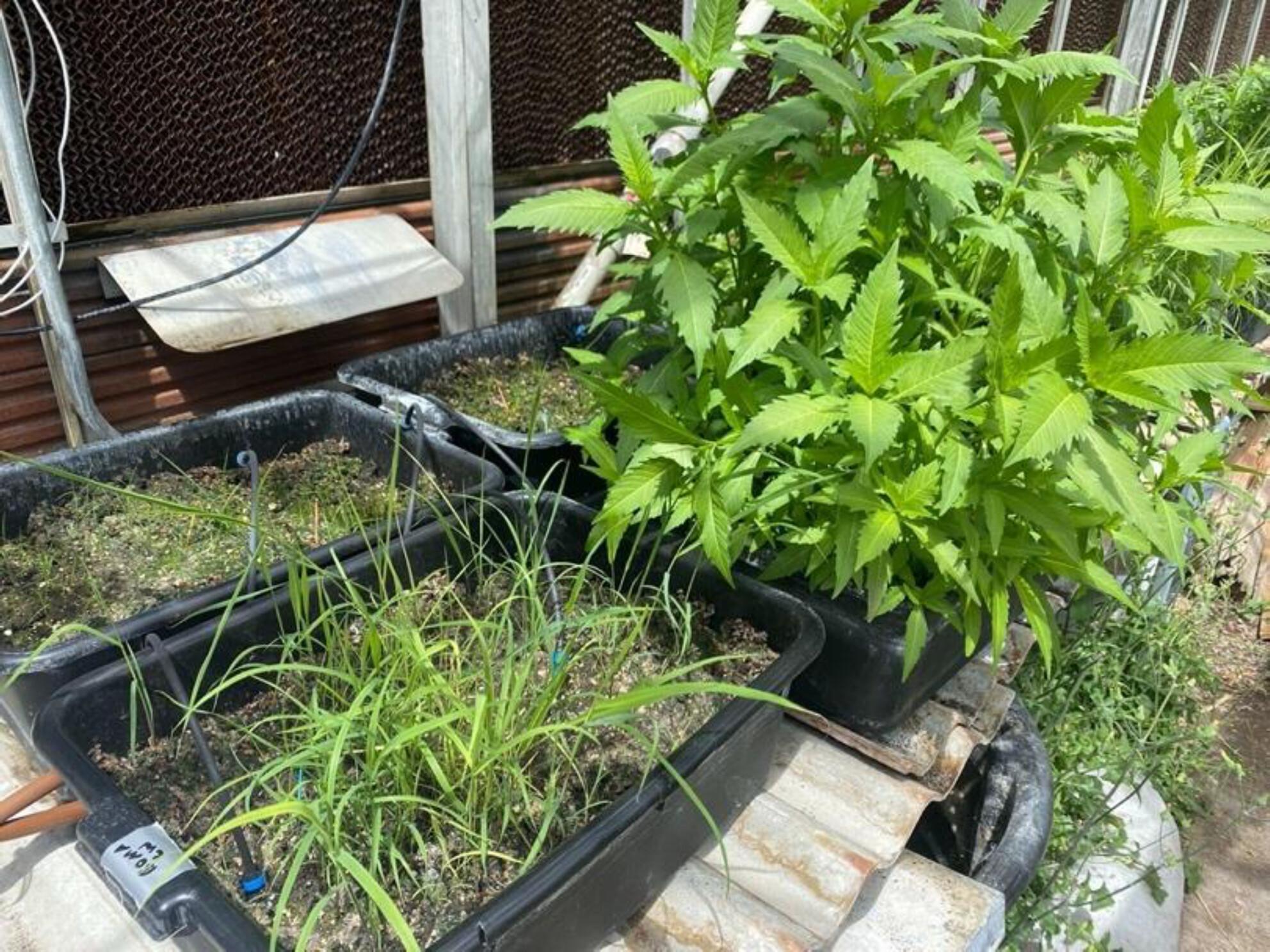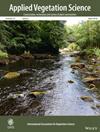Native species identity drives plant community growth and biotic resistance
Abstract
Questions
Understanding drivers of biotic resistance has important implications for ecological restoration. Two potential drivers of biotic resistance that restoration practitioners can manipulate are native plant diversity and seeding density. Here we examined the effects of native plant species identity, native functional evenness, native seeding density and presence of Phragmites australis (a prolific invader in North America) on the growth of native species and invasion resistance to P. australis.
Methods
We conducted two greenhouse experiments. In the first, native wetland species were grown in monoculture at one of two native seeding densities (1,938 pure live seed (PLS) per m2 or 9,688 PLS/m2) with or without P. australis. In the second experiment, native wetland species were grown in mixtures that differed in functional evenness at two levels of native seeding density (1,938 PLS/m2 or 9,688 PLS/m2) with or without P. australis.
Results
The results of these experiments show certain high-performing species drove final native and P. australis growth when tested individually, even overriding any effect of the functional evenness treatment when grown in mixtures. In addition, we found the effect of P. australis presence on native growth differed depending on the native identity and the growth metric measured (biomass, cover or intrinsic rate of growth). Finally, a higher native seeding density increased native growth and reduced P. australis growth, with the growth rate analysis yielding important insights into which species achieved these results fastest.
Conclusions
Our results have three important implications for wetland restoration: (a) prioritize high-performing native species for invasion resistance rather than necessarily focusing on functional diversity; (b) account for the fact that native species will vary in their performance, often in unexpected ways, under different contexts; and (c) seed at a high native seeding density, potentially orders of magnitude higher than current restoration practice, to sufficiently increase native growth and biotic resistance.


 求助内容:
求助内容: 应助结果提醒方式:
应助结果提醒方式:


